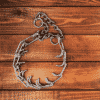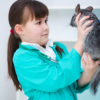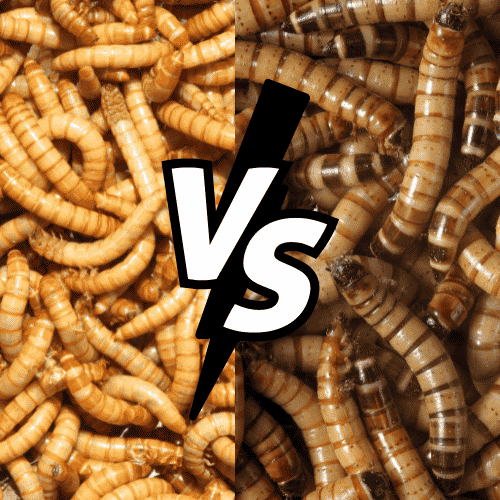Bearded Dragons have become a preferred option for pet parents seeking a low-maintenance exotic companion. However, as with any pet, they too can get sick.
Although reptile pets have fewer health issues compared to mammals, scale rot is a common ailment among them and the Bearded Dragon is no exception.
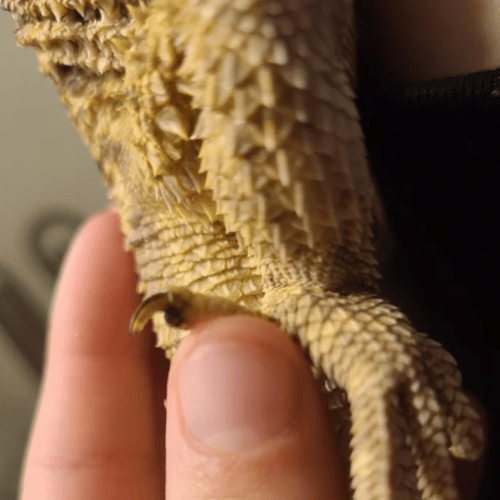
Dealing With Bearded Dragon Scale Rot – A Complete Guide
Scale Rot is an umbrella term for a variety of dermatological issues faced by reptiles that can have potentially fatal consequences if left untreated.
Mostly, it refers to bacterial or fungal infections that creep into the scales through cuts, or wounds, while slowly causing damage. It can also refer to blister disease, ulcerative or necrotic dermatitis, and secondary infections from previous burns or abrasions.
Usually, bearded dragons tend to develop a very mild case of scale rot, however, without proper care or treatment, this extremely contagious condition can spread rapidly. Once it enters the bloodstream, it can cause septicemia, and even result in death.
Bearded Dragon Whistling Noise – What Does It Mean?
Early Signs of Scale Rot in Bearded Dragons
Emerging signs of scale rot can be observed, and treated weeks in advance by attentive owners, these are some common signs, and symptoms to watch out for,
1. Formation of red, or black ulcers on the scales
2. Brown or dark discoloration of the skin near the tail, or on the abdomen
3. Crust and crack formation on the skin
4. Loss of energy, and appetite
5. Fluid seepage from scales
6. Scales falling off
If you see any of these signs, it is best to get your concerns addressed by an exotic pets veterinarian, instead of jumping to conclusions.
Best Scale Rot Treatments for Bearded Dragons
The general at-home treatment for scale rot is to clean the infected area. You can submerge your pet in a betadine bath (don’t let it drown). The betadine to water ratio is 1:10 and water needs to be just lukewarm.
Let it soak in the bath for around thirty minutes before drying with a clean towel. Thereafter, initiate the healing process by spraying some non-toxic anti-microbial spray on the wounds.
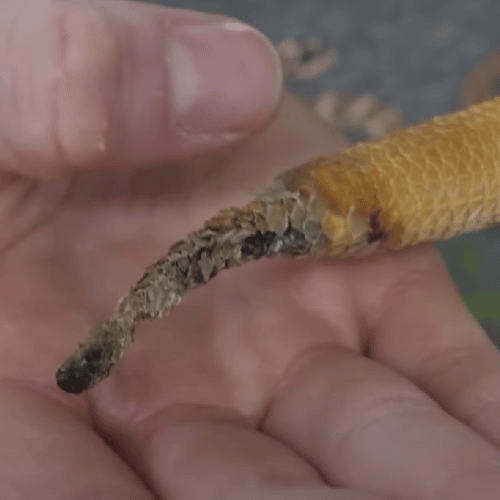
It is best to consult a vet for scale rot as there could be underlying conditions that you cannot cure by just cleaning and disinfecting certain regions. Fluid-filled blisters, abscesses, and ulcers that have shed skin demand immediate medical attention. The vet will either administer the necessary medicines and antibiotics with an injection or remove the scales depending on the severity.
Is Your Bearded Dragon Breathing Heavily? Respiratory Infection?
More importantly, you need to clean and sterilize the bearded dragon’s environment to ensure the infection does not come back.
- First of all, quarantine the reptile in a temporary location for a few days. Scale rot is extremely contagious, and a change of accommodation is recommended, especially if you have more than one pet reptile in the enclosure.
- Once the bearded dragon has been moved, clean out all the soiled substrate.
Moreover, you should also thoroughly wash any accessories like dishes and bowls that may have come in contact with the pet. Just to be safe, you can also dispose of absorbent or porous materials like wood. - Then, clean the cage with warm water and soap to remove any remaining organic material.
- The last step of this cleaning process is to use a disinfectant inside the cage; but make sure that while it is strong enough to kill germs, it is not harmful to the resident reptile(s).

You can bring the Bearded Dragon back home once the enclosure has completely dried, and free from any organic material that may have caused the infection in the first place.
Can Bearded Dragons Eat Cicadas? UPDATED 2022 – A Complete Guide
What Causes Scale Rot in Bearded Dragons?
Here are some of the most commonly known causes of scale rot in bearded dragons, which should help you better devise the location, and environmental planning for your beloved beardie.
- High Humidity & Dampness
High moisture levels are a perfect breeding ground for bacterial and fungal activity, with anything more than 40% considered to be all the more dangerous.
For those living in humid regions, there are certain dietary changes that can be implemented to ensure that bearded dragons draw less water externally.
- Mites
Mites are similar to ticks and can be found crawling around in damp environments. They spread infections through open cuts and wounds on the skin of the pets.
They tend to hide in the scales of the dragon and cannot be spotted too easily. However, redness around the eyes is a symptom of mites in the enclosure. Their bites are painful and getting rid of mites can be incredibly difficult.
- Unsanitary Living Conditions
Cleaning the cage regularly is very important, as soiled environments promote the growth of harmful microbes. Just like us, they too like to live in a neat and clean home that is free of dirt, and waste.
- Poor diet
A nutritious diet is vital to the good health of the Bearded Dragons. They generally eat a combination of vegetables or plants and insects. The proportion of each varies depending on the age of the dragon and the pet parent should be mindful of this.
Sweet potato, collard greens, and Dubia Roaches provide the required nutrients to them. On the other hand, spinach, lettuce, and fireflies should never be given to Bearded Dragons
Other Common Bearded Dragon Scale Problems
Tail rot retained shed, and skin burns are other scale or skin-related problems faced by the bearded dragons.
- A tail rot is either caused by insufficient calcium, a tail injury, poor living conditions, or by a combination of all three. It triggers an internal infection and can lead to the tail falling off, or even death if not treated properly.
- The retained shed is also known as Dysecdysis. It is a condition caused by the improper or unusual shedding of the outer skin causing it to look dead and dull.
It is essential to check the extremities of the dragon in this case, as they tend to lose circulation easily. This condition can also lead to a lack of nutrients as the skin contains a lot of nutrients. - Bearded Dragons, unlike other lizards, do not need much heat and are quite sensitive to temperatures.
Skin burns are caused if the lamps in the tank are set up incorrectly as it can lead to overexposure to heat and consequent burns.
While bearded dragons are known for their low maintenance, they do come with a set of challenges that owners have to deal with. By following certain tried-and-tested best practices in regards to the environment, diet, and other guidelines, owners can ensure ideal conditions for dragons to thrive, and maintain a high quality of life, relatively free from diseases.

Doctor of Veterinary Medicine (D.V.M.) at Nation Taiwan University,Master of Science (M.S.) in Biomedical Engineering at National Taiwan University of Science and Technology
